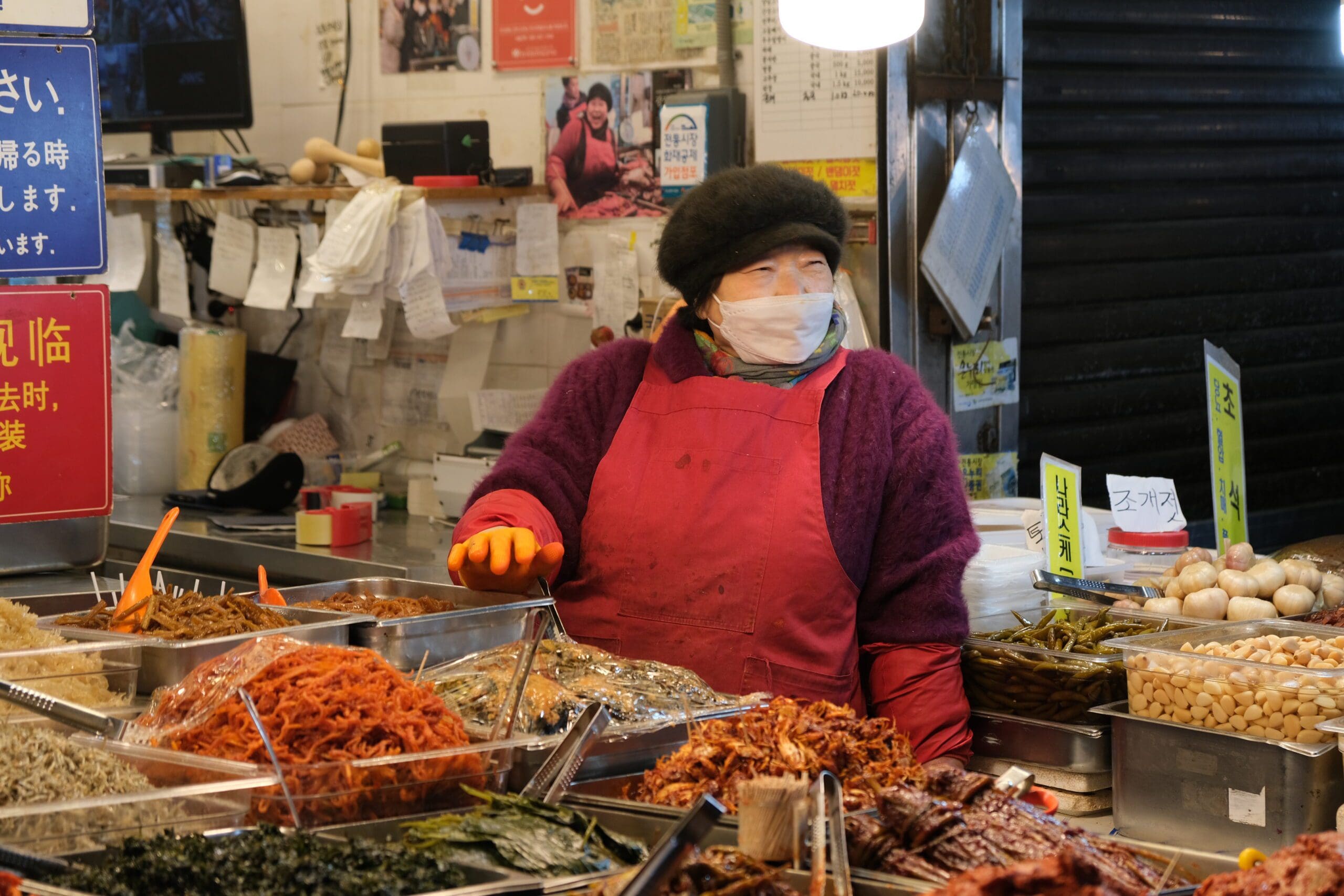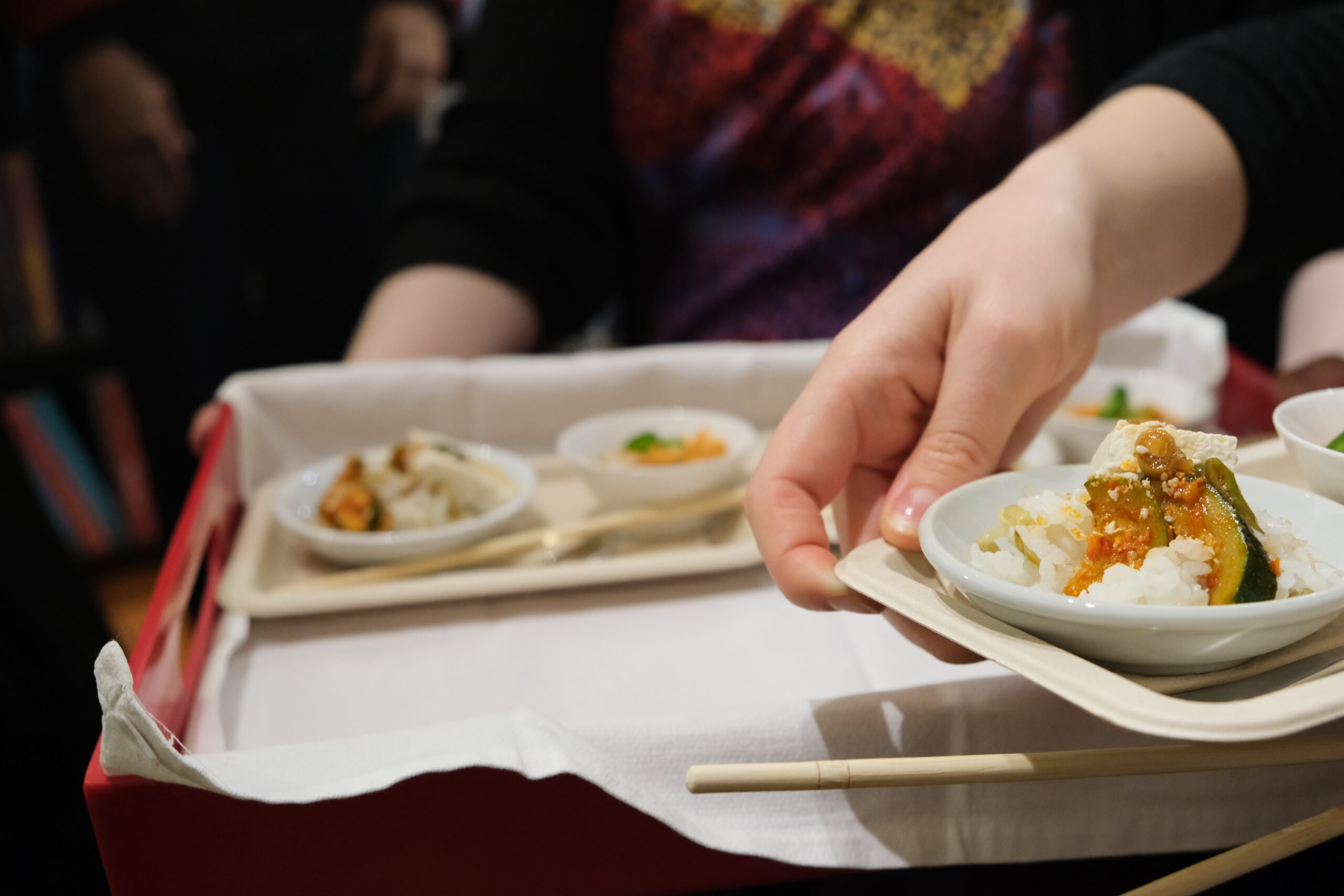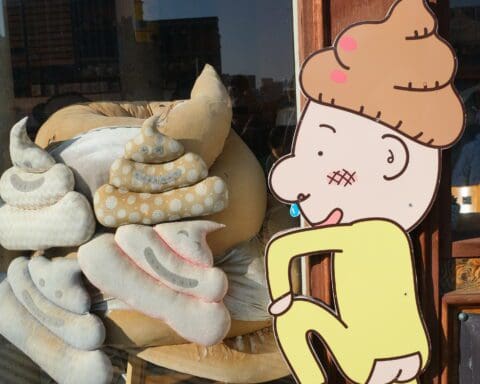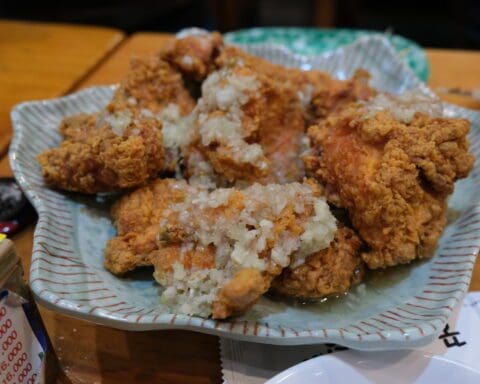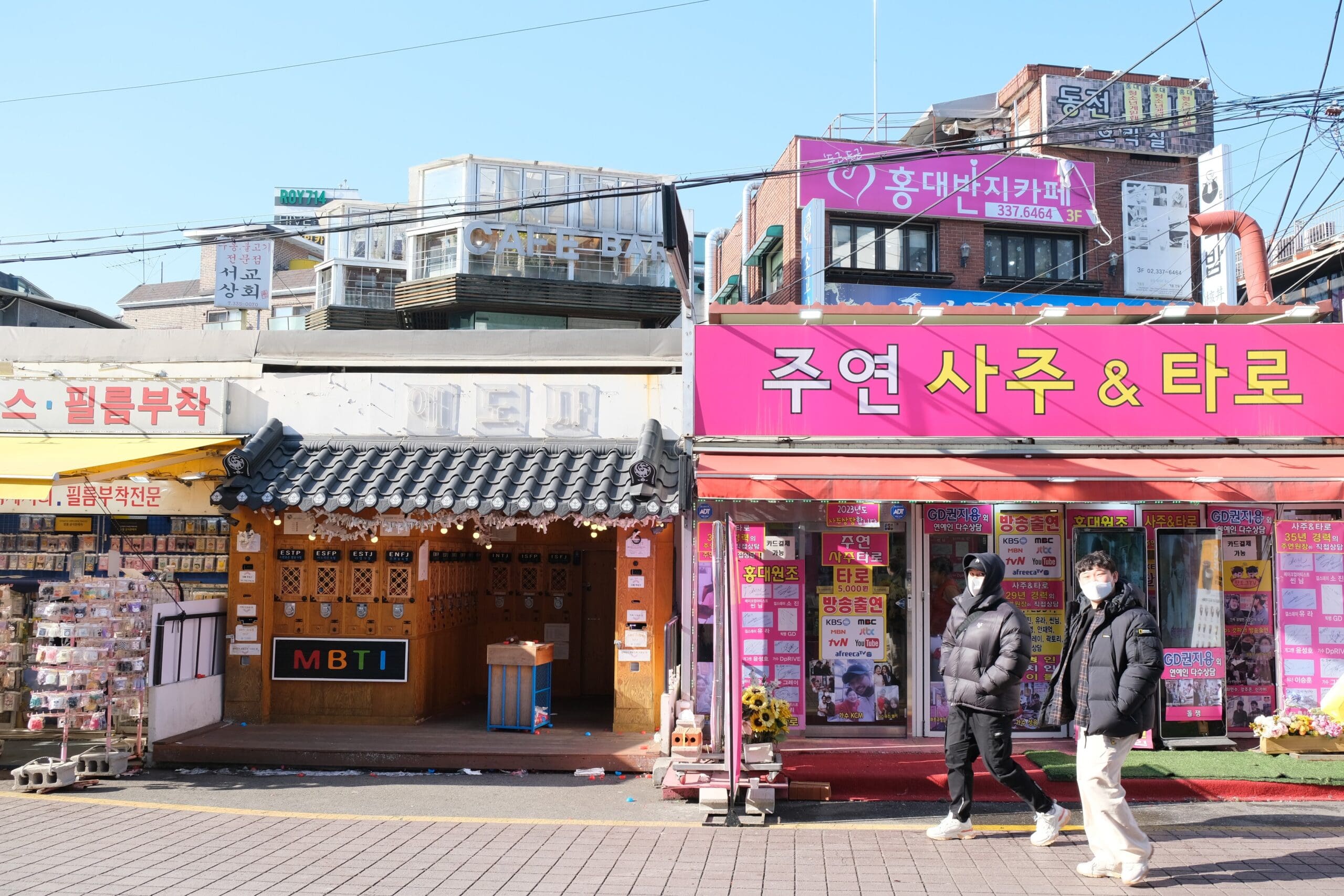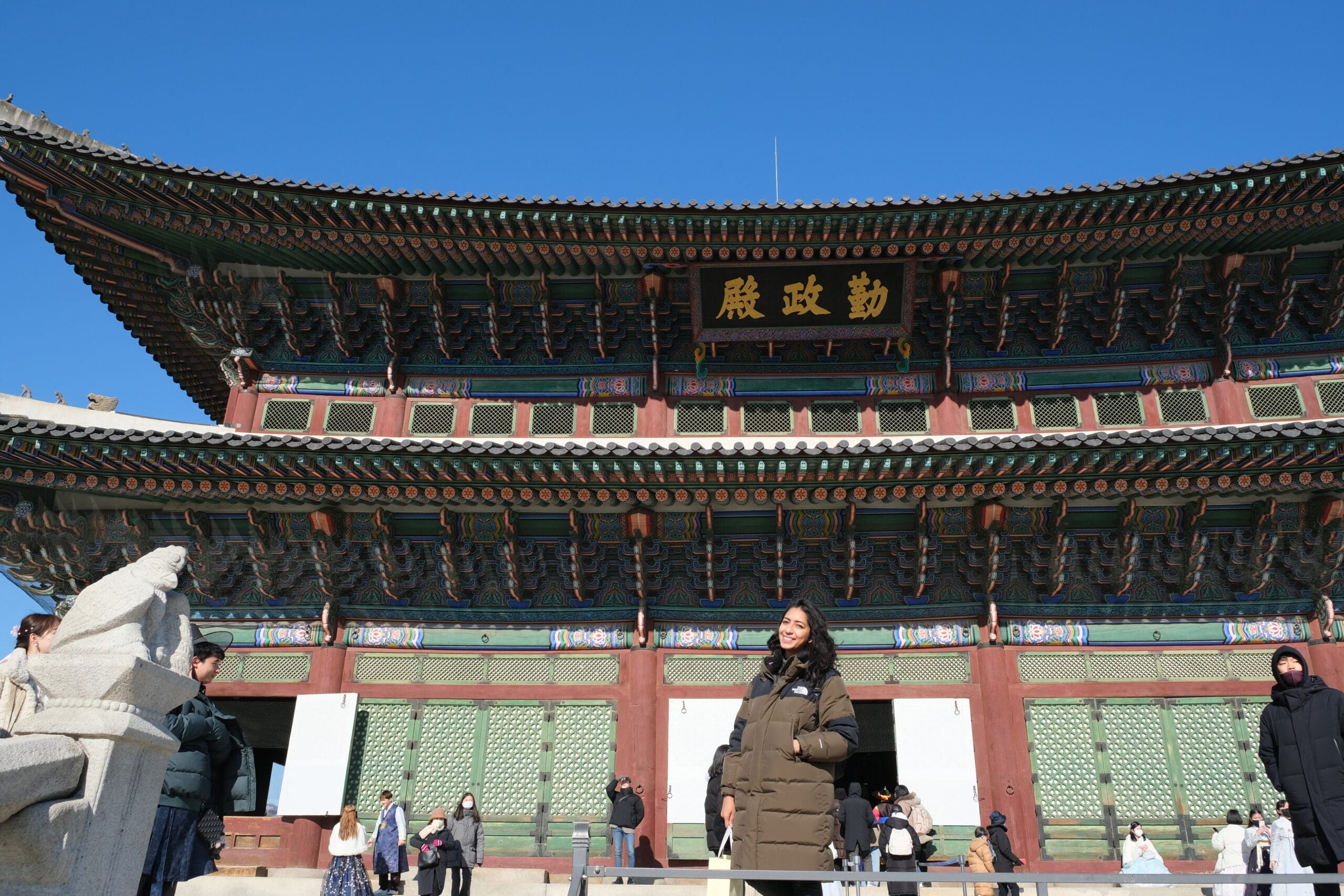Korean food culture fascinates me endlessly. One such thing was my Banchan, the Korean side dishes that accompanied almost every meal we had in Korea. Though I have written about it before, it was during the recent Korean trip I got a better understanding and deeper flavours of it.
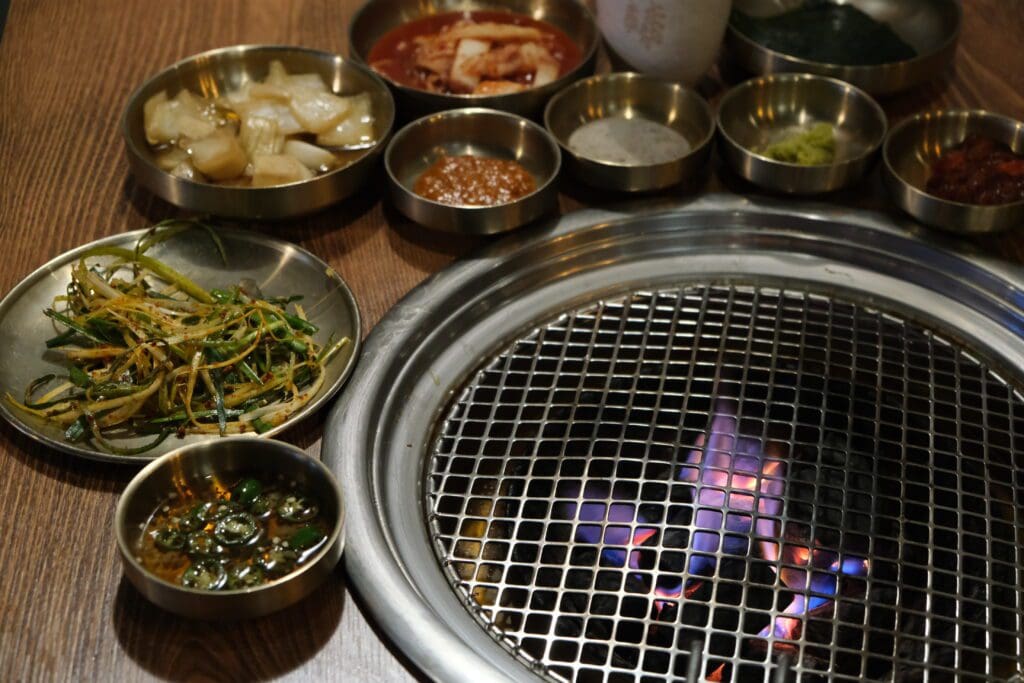
Banchan or Bansang are the small dishes accompanying the main meal, usually cooked rice, in Korean cuisine. Though it’s small in portion, it’s not an appetizer as it’s not to be eaten (only) before the main meal. Traditionally, banchan dishes are placed in the middle to be shared by everyone at the table.
But I have also been served individual sets of Bansang in Korean restaurants, so I am not sure about the modern norm.
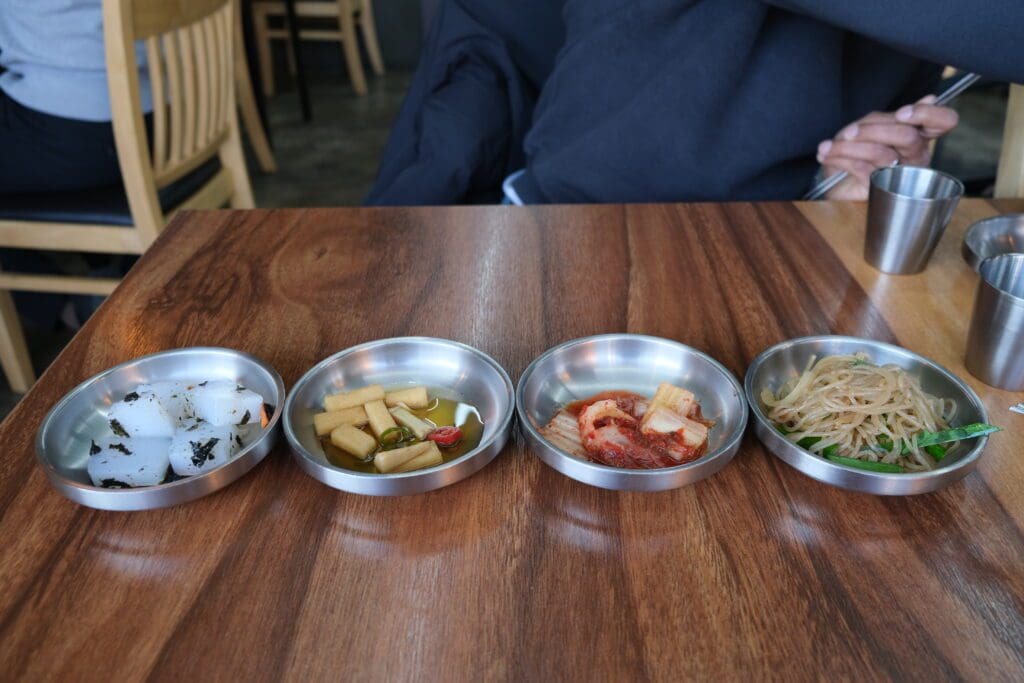
Also, Bansang are usually served with no limit in Korean restaurants ━ many with self-serving Banchan counters, which means you can have another meal with just Bansang for free.
The World Meet Banchan
There is a wide variety of Banchan. These side dishes are usually preserved so that it’d stay longer. This method also allows Bansang to add an umami taste to the main dishes.
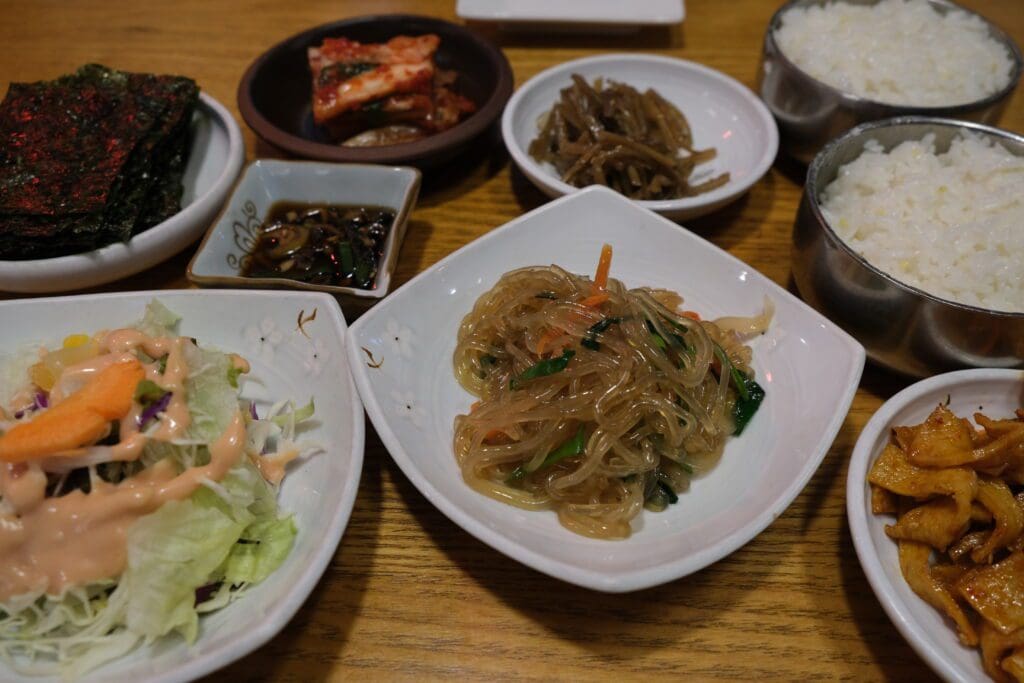
The most common Bansang that one might find in Korean restaurants are Kimchi (fermented vegetables usually cabbage), Kkakdugi (Kimchi radish cubes) and Danmuji Muchim (seasoned yellow pickled radish).
I have also encountered some unusual ones, the latest being the Danhobak (sweet kabocha squash).
Meanwhile, my absolute favourite Banchan are Maneul Jangajji (Korean pickled garlic), Japchae (glass noodle stir-fry) and Ojingeochae Bokkeum (spicy dried squid strips) and Eomuk Bokkeum (stir-fried fish cake).
Okay, yes, you have guessed it, I love Bansang ━ I am not even embarrassed to admit sometimes I look forward to seeing the banchan set served in a Korean restaurant.
Where to Bansang
Eating Bansang is as easy as sitting down for a meal in almost any Korean restaurant, in and outside Korea. But then, recently, I learned a new thing that was entirely out of my cultural radar before, Banchan shop.
Banchan Shop
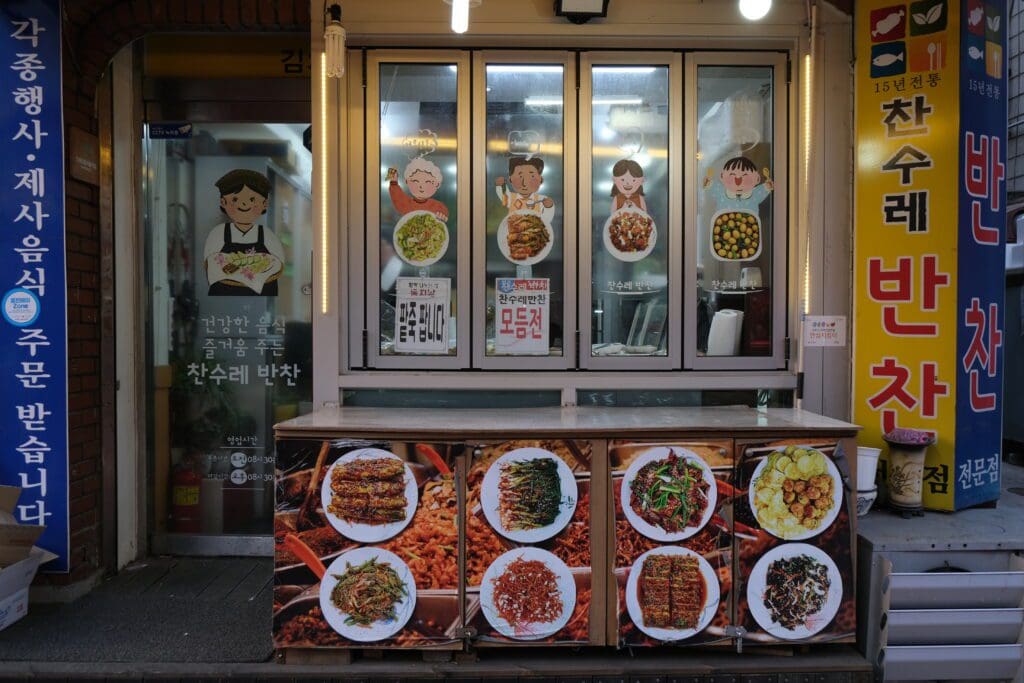
Banchan shop is exactly that, a shop that sells a variety of Korean side dishes. It made so much sense once I learned about it, as any household might have a rotation of a few side dishes that they are good at, but indeed they would also have the side dishes that they prefer to buy instead of make for any reason. Also, once I knew that commercial Bansang shops existed, I kept noticing them in every market I went to in Seoul.
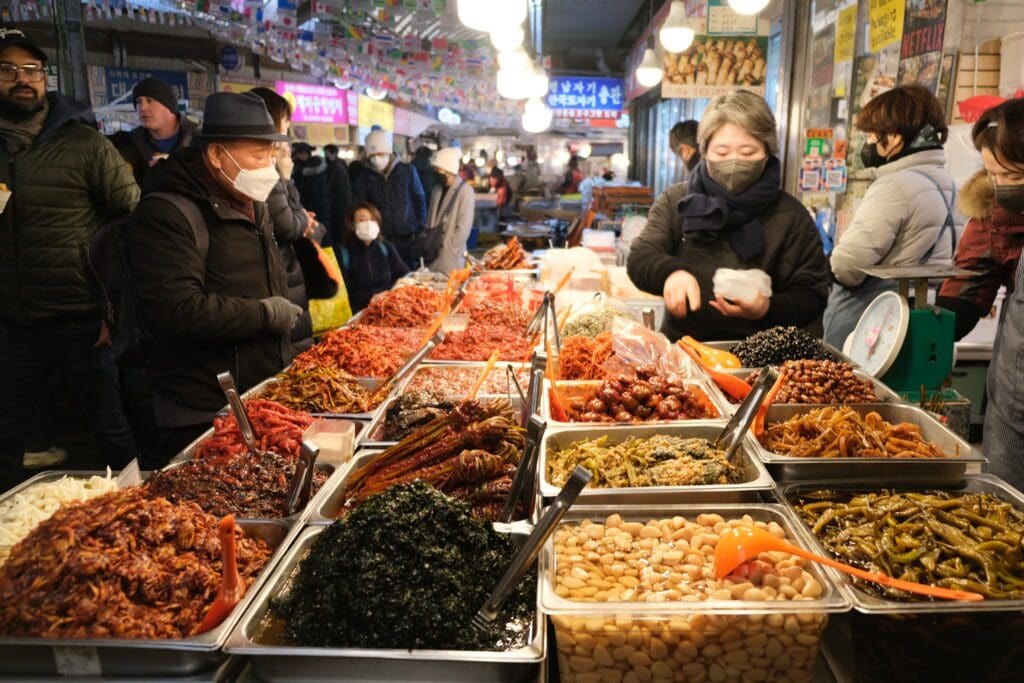
There are Banchan shops outside Korea, too, but they are few and far between. I did a bit of research; there is a Banchan shop called Mum Chan in Melbourne, which I plan to visit and stock up on some Bansang.
Banchan in Other Cultures
In a way, it reminded me of the side dishes put surrounding Indian Thali meals. But those dishes usually are vegetarian and much more limited in choice. Also, unlike Bansang, Indians don’t usually eat the side dishes separately from the Thali meal.
I also thought of the miniature crab snacks we had with Umeshu at nights in our hotel room in Tokyo. Could it be considered Banchan too?? I guess I need to do a little more research while eating a lot more Bansang.
Follow me on Instagram @KultureKween for more recent updates.
